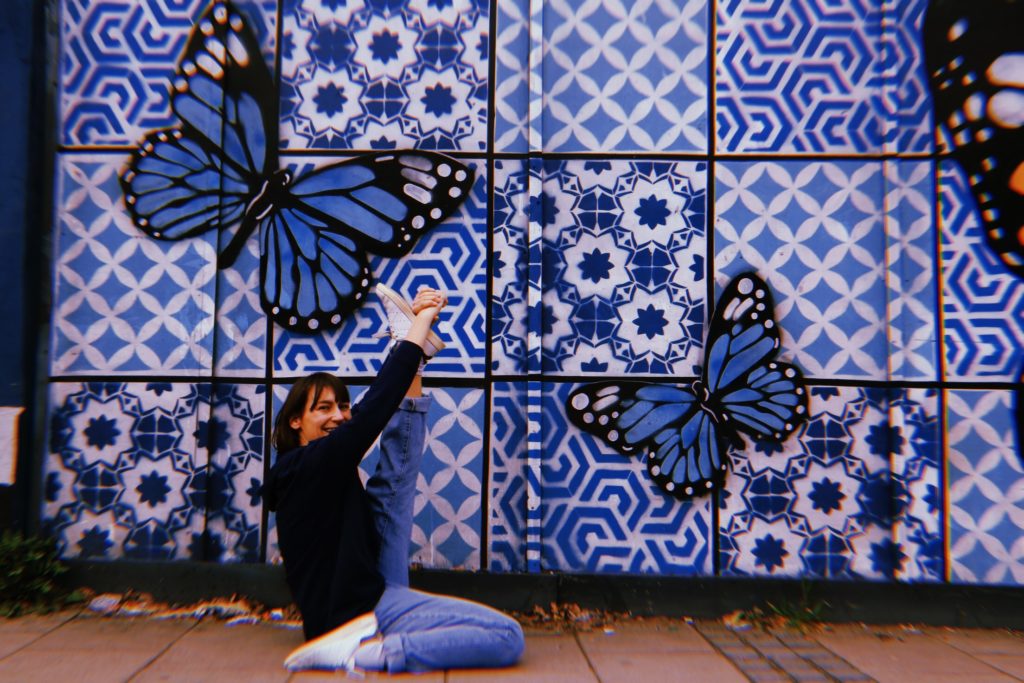Ashtanga Yoga is a traditional form of Hatha Yoga in which a set sequence of postures (known as ‘asanas’) are linked together by the connection of movement and breath (known as ‘vinyasa’). Ashtanga is often referred to as a moving meditation because of the way it draws the mind to the present, helping students develop focus, concentration and calm. The dynamic and physical nature of Ashtanga Yoga means it also develops strength, flexibility and balance in the body. Students are usually taught in self-practice classes (known as ‘Mysore Style’), where students are taught individually in a group setting. This creates a peaceful, focused atmosphere, with teachers focused on giving one-to-one verbal instructions and hands-on adjustments. Mysore classes are ideal for beginners because they can work at their own pace and receive individual attention tailored to their needs.
The Ashtanga Yoga lineage can be traced back to Mysore, South India, where it continues to be taught today. Mysore Bristol is part of the lineage of this tradition, giving the people of Bristol the chance to learn as it has always been taught in India and where today, you can learn Ashtanga Yoga from two KPJAYI Authorised Teachers.

Mysore Style
This traditional method of practice coming from Mysore in South India is a self-practice class in a group setting. In other words, itʼs a bit like having a private class, while still getting the benefit from the groupsʼ energy in the room. In our experience, Mysore Style offers the best way for beginners to learn Ashtanga Yoga because they can work at their own pace and receive the individual attention they need.
There is no specific start time (you can turn up any time during the specified hours) and there is no teacher calling out instructions for everyone to follow. Instead, in Mysore Style, the teacher will give individual instruction to each student whoʼll be working at their own pace. They will also be offered hands-on adjustments to improve their alignment and deepen the posture.
When the student masters and remembers a posture they will be moved on to the next one, so their practice takes longer. All this means Mysore classes are characterised by a mixed bunch of students, from beginner to aficionado, practising together.
Practice is usually taken early morning before you have breakfast. If practicing later in the day it is best to avoid eating for at least two hours before the class.
It is important you notify us about any pain, injuries or if you are pregnant before the start of the class. Other than the sound of deep breathing, the odd giggle and the hushed tones of the teacher, a Mysore Style class, while energetic, is also very calm and quiet. A perfect way to get ready for the city streets that await outside.
